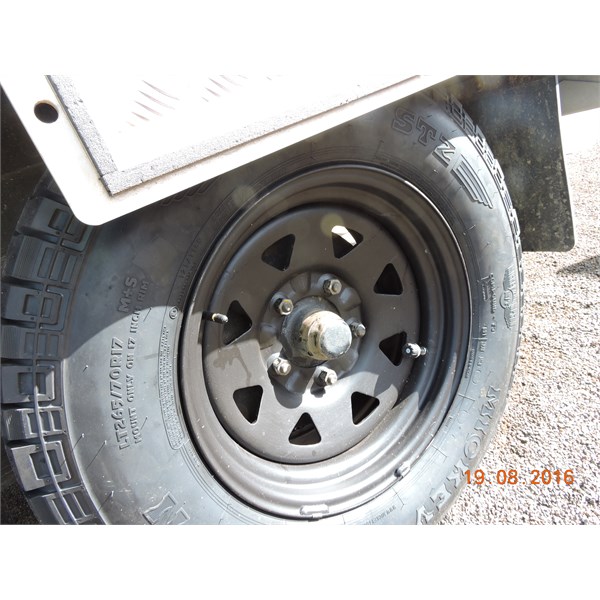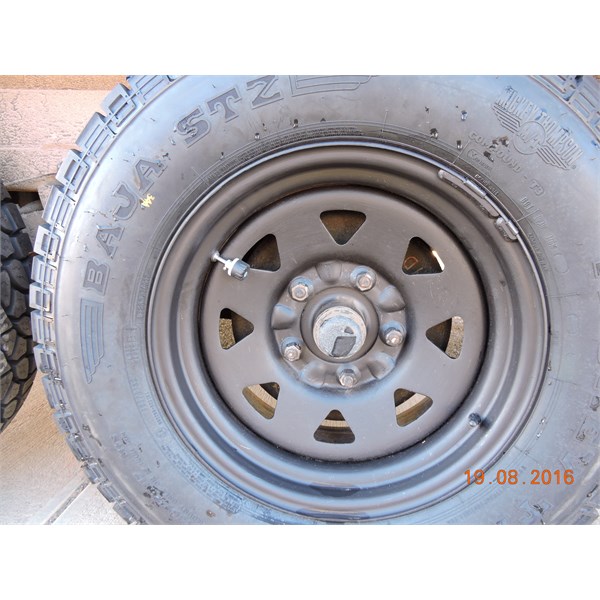Not sure anybody's all that interested, but thought I'd share my "wisdom" (hahahaha) with you all anyway.
Given the price of tyres these days, a set of monitors is, to my mind, a good investment. Not only is there the issue of the tyre damage which can occur, but if left unchecked a flat tyre can cause damage to the vehicle too.
I bought a set of 4 Safe-T-Tyre several months ago at the
Adelaide Caravan and
Camping Show....got a decent price. I only need four sensors for the caravan as the Chev has an in-built monitoring system.
The Safe-T-Tyre set-up has the ability to monitor up to 22 tyres (ie: a standard tri-ax semi trailer).
The one bug-bear I have with these types of monitors is that they attach to the end of the valve stem. This, in turn, creates two issues:
1) the valve stem on most wheels tends to point out away from the wheel. Once you add the monitor to the end of the stem, it can be vulnerable to damage from stones, sticks etc.
2) the small units have the ability to screw in a small Allen bolt as a grub screw, to prevent the sender being (easily) stolen or from just unscrewing itself. That then becomes a drama when you want to alter your pressures.....fiddling around with a tiny Allen key, removing the grub screw, then the sender unit....then putting it all back when you're finished.
THE SOLUTION:
Four of my tyres were looking a bit worse for wear, so I've just bought some new Mickey Thompson STZs.
I got the tyre place to whip the old rubbers off the wheels, brought the wheels home to the shed, drilled an 11mm hole in each wheel, opposite the existing valve stem hole BUT at a different angle.
I then screwed in a new, solid stem valve into each of the six new holes, with some silicon sealant just for good measure (I did the spare tyres too) then took the wheels back to have the tyres fitted.
The result is shown in the pic/s below.

tyre monitor

monitor
DISCLAIMER: Don't do this unless you know what you're doing. I wouldn't try it on alloy wheels without checking with a professional. I accept no responsibility for any consequences that arise from you following my idea!! Good luck.